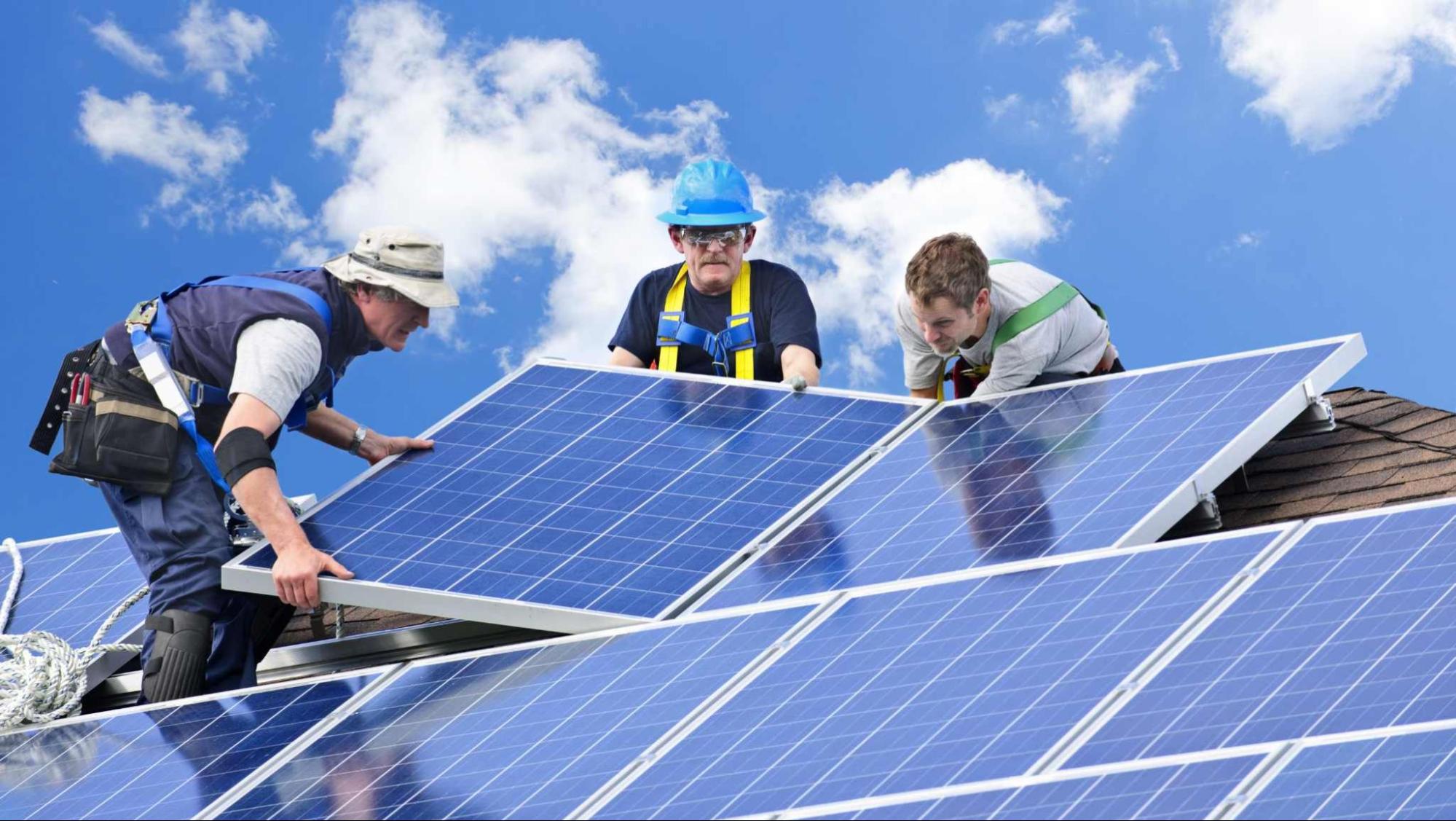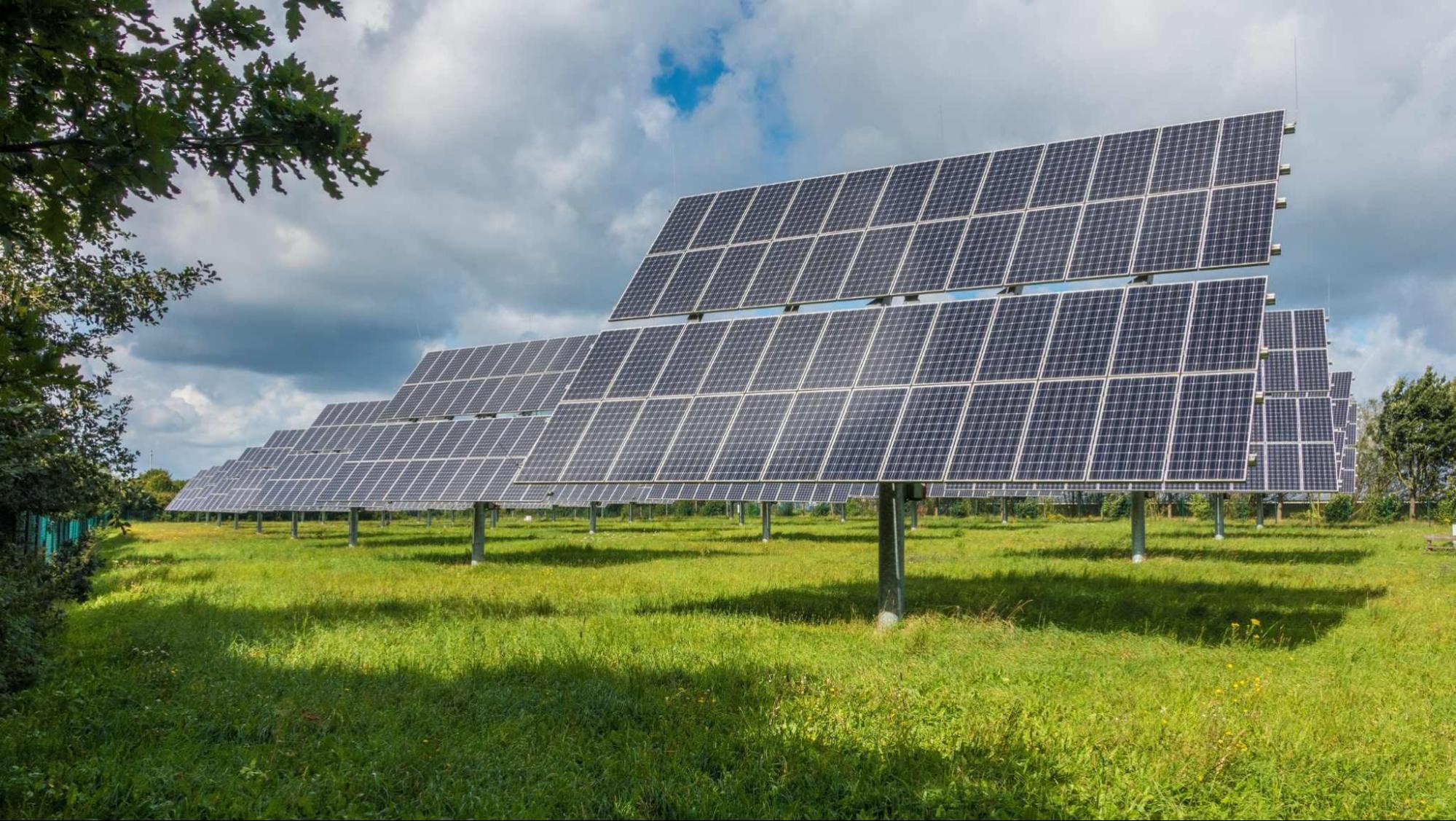
Whether you’re interested in eliminating your utility bills or simply lowering them, solar panels are worth the investment. But you’ll need to find a company that provides the right solution for your needs.
Assess your energy usage and conduct a shading analysis to ensure your solar panels are properly sized.
Assess Your Energy Needs
Before you begin solar panel installation, assessing how much energy you need is important. A qualified professional will help you make this calculation based on your roof’s orientation, shading and other factors.
A solar PV system produces usable energy through photovoltaic technology using semiconductor materials that convert sunlight into electricity. A solar power system comprises several components, including panels, a charge controller and a battery.
Each solar panel has a specific energy potential measured in watts. When grouped, these solar panels form an array. This array is then sized to meet your energy needs. Solar energy systems generate clean, renewable electricity. These kilowatt-hours can be applied to your utility bill or sold for profit. Some states also offer property tax exemptions and sales taxes for homeowners who install these renewable energy systems.
Evaluate Your Roof
Before beginning the solar panel installation process, ensure your home is a good fit for a rooftop PV system. A good start is a roof assessment that can help you determine if your home has sufficient space, has southern exposure and isn’t shaded by nearby trees or buildings.
You’ll also consider if your roof can accommodate the solar racking system and any additional equipment like a heat sink or in-line fuses. Additionally, make sure you have the right tools for the job. A battery-operated drill is portable and efficient, and a hammer is useful for pounding nails on the roof.
A flat pry bar is less common but essential to moving around shingles as you lift them and slide in the flashing. Lastly, a wire cutter and stripper can save time and money working alone on the roof.

Choose The Right Equipment
The equipment you choose will impact your system’s upfront costs and energy savings. It’s important to understand how each component works and how it relates to your specific electricity usage.
The sunlight your region receives is a key factor in how much you can save by going solar. A larger solar panel system will cost more but yield higher savings.
The right tools will help you safely and efficiently install your solar system. For example, crimping pliers can allow you to rework electrical wires without fear of electrocution.
Navigate Permits And Approvals
Depending on where you live, local regulations may require that you obtain building permits for your solar panel installation. Your solar company should be familiar with the permit process in your area and can guide you through it.
You should also check with your homeowners or condominium association (HOA), as some have restrictions on what can be installed on a property. HOAs oversee neighborhood aesthetics and can impact your solar installation timeline if they have limitations.
Before your PV system can be connected to the electric grid, a representative from your power utility will need to inspect it and approve it. The inspection will verify that your solar installation is up to code and meets roof setbacks and electrical wiring standards.

Install The System
Solar panels absorb the sun’s rays and convert them to electricity for household appliances. The boards must be mounted to your roof (or a sunny location in your yard) and connected to an inverter and your home’s electrical system.
The racking systems usually include detailed instructions on how to do this. It’s essential to take careful measurements and follow the directions precisely to ensure a safe, secure and sturdy installation.
Once the racking system is in place, install your PV modules, batteries (if included), charge controllers, and an inverter. A generation meter should be connected to monitor how much energy your solar panel installation is producing. Once the utility approves it, you can turn your system on.





